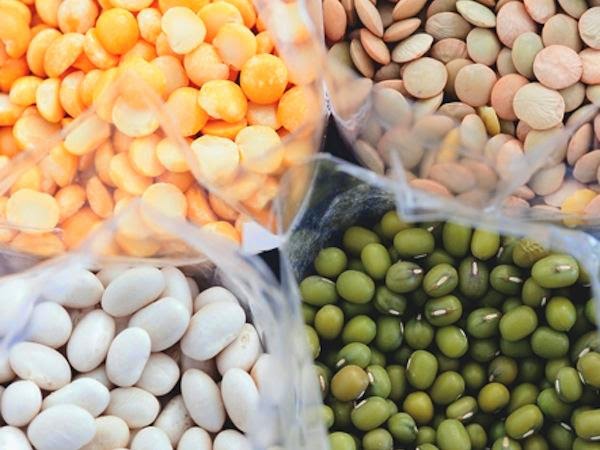 |
| Food for Abs |
Almonds and Other Nuts
Nuts provide fiber and protein to give you energy and help build muscle, as well as heart-healthy monounsaturated fat for satisfying flavor. Choose nuts with their skins on, and avoid salted or smoked varieties.
Beans and Other Legumes
Low in fat and calories, legumes pack filling fiber and muscle-building protein into every bite while helping to regulate your digestive system, according to AbsDiet.com. To avoid unnecessary sugar and saturated fat, stay away from baked and refried beans.
Spinach and Other Greens
Green veggies like spinach, broccoli, brussels sprouts and peppers are chock full of vitamins and minerals that lower blood pressure, prevent cancer and heart disease and build your bones. They also contain powerful antioxidants that fight off the free radicals that promote premature aging.
Green veggies like spinach, broccoli, brussels sprouts and peppers are chock full of vitamins and minerals that lower blood pressure, prevent cancer and heart disease and build your bones. They also contain powerful antioxidants that fight off the free radicals that promote premature aging.
Dairy
Non-fat and reduced-fat milk, cheese, yogurt and cottage cheese offer up calcium and vitamins to ward off osteoporosis, high blood pressure and cancer. They also provide protein to help you fill up and stay full.
Non-fat and reduced-fat milk, cheese, yogurt and cottage cheese offer up calcium and vitamins to ward off osteoporosis, high blood pressure and cancer. They also provide protein to help you fill up and stay full.
Instant Oatmeal
The fiber in oatmeal not only fights heart disease, colon cancer and diabetes, it fills you up and keeps you full to prevent sudden crashes in blood sugar that leave you starving. Opt for unflavored and unsweetened oatmeal.
Eggs
Protein and vitamin-packed eggs build muscle and burn fat while fueling you up for the day and keeping you full for hours.
Turkey and Other Lean Meats
Fish, poultry and lean cuts of beef provide an assortment of vitamins and nutrients as well as hefty amounts of protein that build muscle and boost your immune system.
Peanut Butter
Salty, rich and satisfying peanut butter contains protein, vitamins and healthy unsaturated fat to build muscle, burn fat and prevent heart disease. Choose natural, trans-fat free peanut butter with no added sugar.
Olive Oil
Olive oil adds flavor to dishes while providing heart-healthy fat that lowers blood pressure, fights heart disease, boosts your immune system and helps prevent cancer.
Whole-Grain Bread and Cereal
Whole grains provide energy to get you through your day, fiber to help you feel full and satisfied and an assortment of vitamins and nutrients to ward off heart disease, cancer and high blood pressure.
Extra-Protein Whey Powder
Protein powder is an easy way to sneak extra muscle-building and belly-filling protein into your diet without adding many calories.
Raspberries and Other Berries
Berries are a healthy and low-calorie way to add flavor to virtually any meal. They're packed with fiber, vitamins and antioxidants that work to prevent heart disease and cancer while improving your memory and your eyesight.











